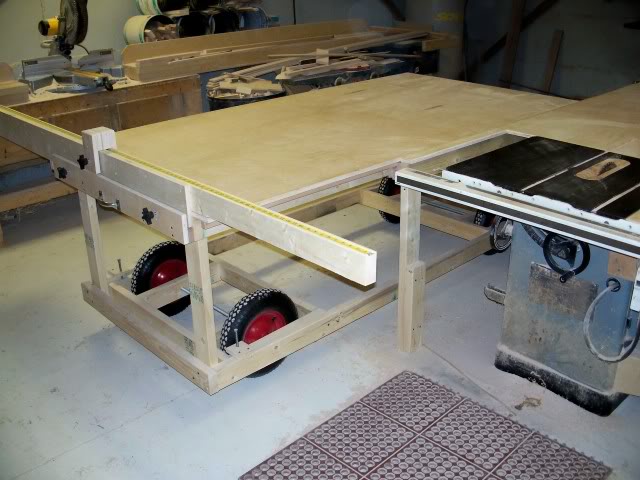Distressing wood
Creating a well-worn look on newly built furniture. February 6, 2002
Q.
We are about to produce a line of furniture for a retailer who wants a distressed finish. On the prototypes we used a piece of wood with nails driven through it and a chain. What other types of tools can be used?
Forum Responses
Make sure you concentrate the distressing to "obvious wear areas", for example: corners, bottom of legs. Look at the piece and think of the areas most touched and prone to damage. Other tools: wire brush (brass), awl, burning torch, draw knife, spokeshave… use your imagination.
You can get an antique effect by burning the furniture before painting it. The strip lines of wood will appear after you wash it using a wire brush. Then paint with acrylic and sand it softly to make touched areas. Last, polish with doff melamine.
You can also use a chisel with a jabbing and twisting motion across the grain. Other tools: rock, rasp, chain.
I put a variety of screws and nails, nuts and bolts in a piece of cloth and sort of flog the piece. The sack of hardware makes for inconsistent marks. Ideally, you should not be able to tell what you used to make distress marks when the project is finished. Also, think of where a sloppy maid might bang up the feet with a vacuum.
I build Reproduction Furniture for a living and have found that a bag of assorted nuts and bolts makes a good tool for distressing. I have even driven my truck over large pieces, before assembly, in my asphalt driveway - actually a good effect. Make sure there is no oil, first. Use a drop cloth on the topside. Works well on oak and painted pieces.
You can make convincing wormholes by using a dremel tool with the bit that has a little round ball at the tip. Remember that worms almost always travel with the grain and not across it. This is nifty because you can give depth to the holes and trails this way, unlike a bag-o-bolts, which leaves only surface marks.
The comments below were added after this Forum discussion was archived as a Knowledge Base article (add your comment).
Comment from contributor T:
I use pieces of heavy steel angle iron cut into lengths about 3 inches long. On the bottom I use a welder to create beads and bumps that simulate insect galleries, nail holes and other defects. I put the iron on and hit it with a hammer until I get the desired look.
